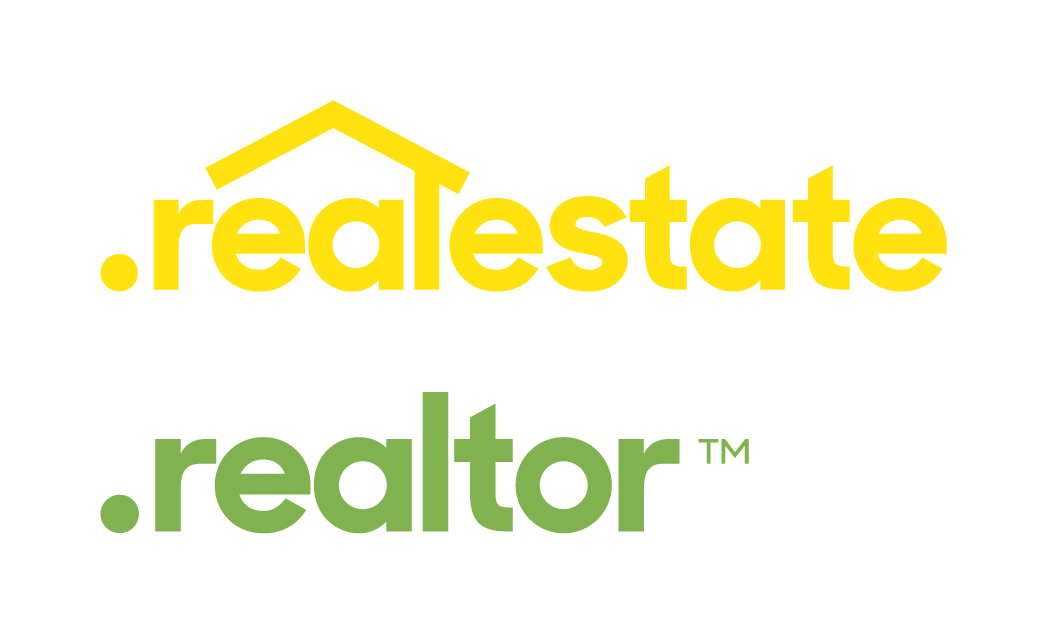Transforming Tenants into Owners: The Strategic Advantage for Business Owners
Introduction
For business owners currently leasing their commercial spaces, transitioning from tenant to property owner offers a multitude of strategic benefits. This shift not only provides financial advantages but also grants greater control over business operations and long-term stability.
Financial Benefits
- Equity Building and Asset Appreciation
Purchasing property allows businesses to build equity over time, transforming rental expenditures into valuable assets. As property values appreciate, owners can leverage this increased equity for future investments or as collateral for loans. For instance, a local Geelong plumber transitioned from paying $60,000 annually in rent to purchasing a commercial property, thereby creating a property portfolio that benefits his business and personal wealth (Mulcahy & Co, n.d).
- Tax Advantages
Ownership opens avenues for tax deductions, including mortgage interest and depreciation, which can significantly reduce taxable income. These deductions can enhance cash flow and provide substantial savings over time. Additionally, in certain regions, purchasing commercial property may exempt buyers from specific taxes, such as stamp duty, leading to further financial benefits (Daily Telegraph, n.d.).
Operational Control
- Stability and Customization
Owning property eliminates the uncertainties associated with lease renewals and rent escalations, providing businesses with long-term stability. Owners have the autonomy to customize and renovate spaces to align with their brand and operational needs without seeking landlord approval. This control ensures that the property evolves in tandem with the business’s growth and vision.
- Income Generation
Ownership also presents the opportunity to lease portions of the property to other tenants, creating an additional revenue stream. This supplementary income can offset mortgage payments and contribute to the overall profitability of the business. For example, property owners can benefit from leasing excess space to other tenants, thereby enhancing their income (Property Metrics, n.d.).

Addressing Counterarguments
- Higher Initial Costs
While purchasing property requires a significant upfront investment, various financing options can mitigate this burden. Loans that allow cross-collateralization between personal and commercial properties can enable buyers to secure necessary funds without impacting business cash flow adversely. In the case of the Geelong plumber, leveraging equity in a family home facilitated the commercial property purchase without straining business finances (Mulcahy & Co., n.d).
- Reduced Flexibility
Ownership may seem to limit flexibility compared to leasing; however, the stability it offers can be advantageous for long-term planning. Moreover, owning a property doesn’t preclude relocation; businesses can choose to sell or lease the property if a move becomes necessary, often at a financial gain due to property appreciation.
Tips for Transitioning from Leasing to Owning
1. Conduct a Thorough Financial Analysis: Evaluate the total costs of ownership, including maintenance, taxes, and potential appreciation, to ensure alignment with your business goals (Property Metrics, n.d.).
2. Explore Financing Options: Consult with financial advisors to identify loan programs that suit your financial situation, such as those allowing cross-collateralization (Mulcahy & Co., n.d).
3. Assess Market Conditions: Analyze real estate market trends to determine the optimal time for purchasing property, considering factors like interest rates and property values.
4. Engage Professional Advisors: Work with real estate professionals, financial advisors, and legal experts to navigate the complexities of purchasing commercial property.
Conclusion
Transitioning from leasing to owning commercial property empowers business owners with financial benefits, operational control, and long-term stability. By carefully evaluating the advantages and addressing potential challenges, businesses can make informed decisions that align with their strategic objectives.
References
Mulcahy & Co. - Buying Commercial Property - Case Studies: https://www.mulcahy.com.au/buying-commercial-property-case-studies
PropertyMetrics - Introduction to Lease vs. Own Commercial Real Estate Analysis :https://propertymetrics.com/blog/lease-vs-own/
Daily Telegraph - Hidden Benefits of New Savvy Investment Trend: https://www.dailytelegraph.com.au/real-estate/commercial/hidden-benefits-of-new-savvy-investment-trend/news-story/25b7e15bc779ff79872f38a62fb57fe5




